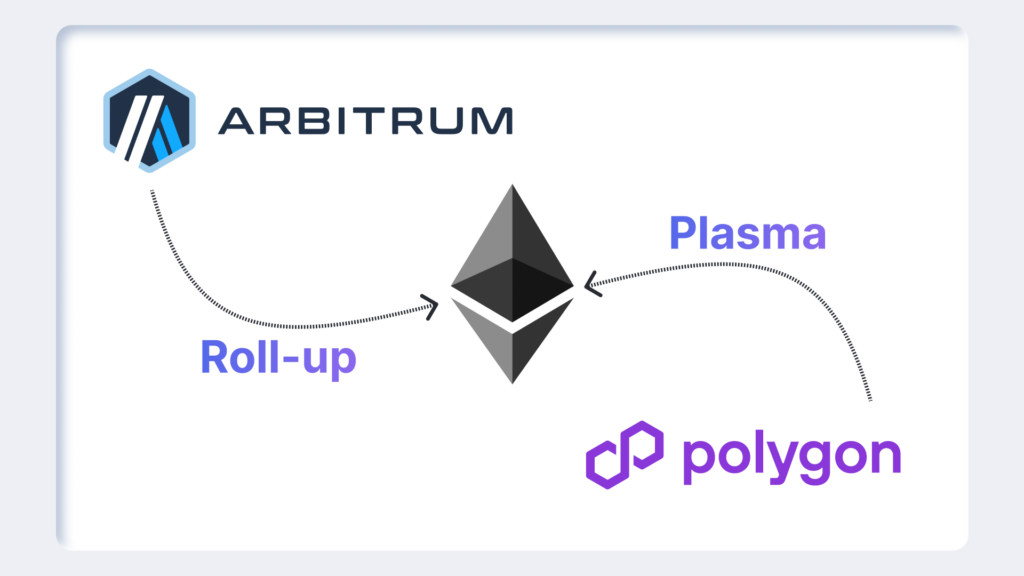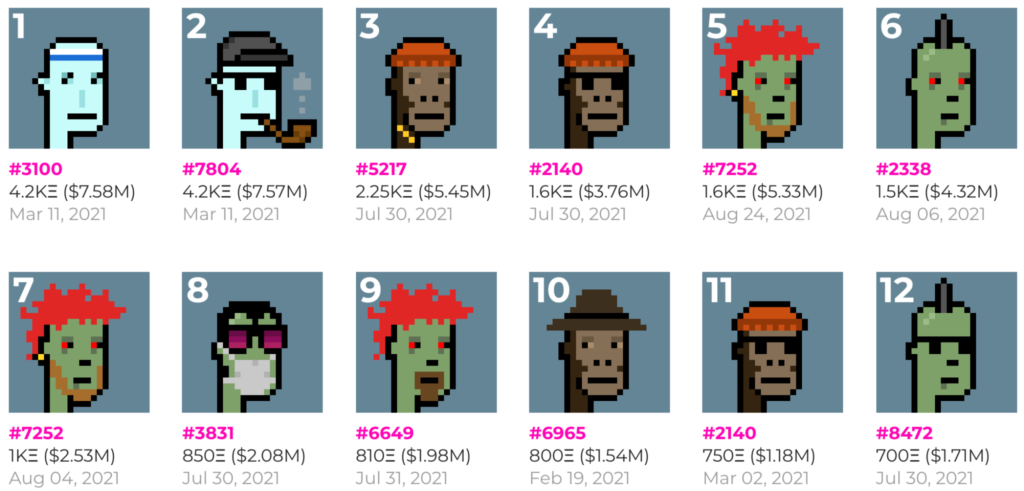Global commerce moves quickly—yet traditional payment rails often lag behind. High fees, long settlement windows, and limited banking access keep millions of businesses and individuals underserved. As commerce grows, these shortfalls become more apparent. Rather than innovating, conventional systems have remained locked into multi-layered processes that add friction. Stablecoins and on-chain liquidity providers, however, are emerging as a real solution.
Why Traditional Banking Falls Short
- Inefficiency: Sending funds via SWIFT can take one to three business days—even longer if manual checks are involved. Multiple intermediaries add overhead and risk of delays.
- High Fees: Banks charge sending, receiving, and intermediary fees. Some transactions incur foreign exchange commissions. These costs pile up, eating into profit margins.
- Limited Access: Many markets in Africa, Latin America, and Southeast Asia struggle to access global banking networks, leaving them hamstrung by outdated or non-existent infrastructure.
Fintech solutions like Wise and PayPal improved convenience in developed regions, but they still tap into the same legacy rails. Settlement can be slow and costly. According to a Foley report, cross-border settlements soared to $190.1 trillion in 2023 and are poised to exceed $290 trillion by 2030. In such a fast-growing environment, high fees and liquidity gaps only widen.
Enter Stablecoins and On-Chain Liquidity
Stablecoins are cryptocurrencies pegged to a fiat asset—often the U.S. dollar—operating on permissionless blockchains 24/7, without intermediaries. Transaction costs are near-zero, and transfers finalize in seconds or minutes. Users avoid the volatility of typical crypto assets, benefiting from the predictability of a stable peg.
What’s Driving Their Success?
- Market Growth: The combined stablecoin market cap has soared above $230 billion. Tether (USDT) alone has surged from $4.6 billion (March 2020) to over $142 billion, underscoring intense demand for stable, on-chain assets.
- Always On, Always Accessible: Unlike banks that observe business hours and settle transactions over days, stablecoins finalize payments any time of day, anywhere in the world.
- Low Barrier to Entry: Individuals and businesses with little banking access can rely on stablecoins and local on-chain liquidity providers to move funds cross-border.
On-Chain Liquidity Bridges the Gap
For stablecoins to move seamlessly, they need liquidity—enough buyers and sellers on hand to swap between currencies without slippage or delay. On-chain liquidity providers like MANSA fulfill this role, creating pools that instantly convert stablecoin balances into local currencies (and vice versa).
Example: A Nigerian Exporter
A typical cross-border payment might involve multiple currency exchanges—EUR to USD to NGN, each step incurring steep fees. With stablecoins, a Nigerian exporter can accept USDT from a European client, then rely on on-chain liquidity pools to convert it directly into NGN at minimal cost. Settlement is rapid, drastically reducing overhead and risk.
Real Gains for Underserved Markets
Regions like Africa and Latin America are benefitting first from stablecoins. Brazil saw $12.9 billion in net crypto imports over the first nine months of 2024—70% in stablecoins. By addressing real-world needs for low-cost remittances and easily accessible capital, stablecoins are bridging finance gaps that legacy systems failed to close.
Policy Implications
Regulators increasingly see that stablecoins aren’t a threat, but a catalyst for progress. Smooth, near-instant cross-border transactions enhance economic inclusion and reduce reliance on precarious intermediaries. Ultimately, stablecoins can complement rather than supplant existing financial infrastructures, especially when integrated with compliance-friendly solutions.
The Future of Global Payments
Stablecoins and on-chain liquidity are no longer mere experiments. They’ve become indispensable tools for modern finance, cutting out the complexities and expenses that hamper traditional cross-border flows. Banks and fintech startups are already integrating stablecoins into their back-end systems. Wise, for example, taps directly into Japan’s Zengin network to cut out costly intermediaries.
While stablecoins won’t erase the role of banks overnight, their rapid adoption indicates a growing acceptance of programmable money and constant liquidity. As more businesses discover stablecoins’ stability and speed, reliance on outdated models will fade. This shift marks a critical turning point in global commerce—a decisive move toward frictionless, transparent, and universally accessible payments.


